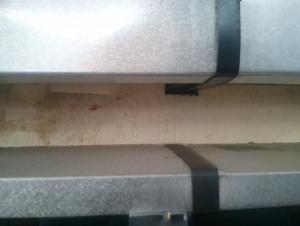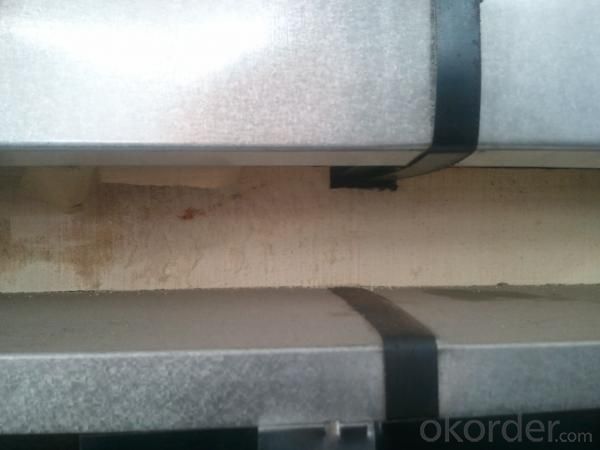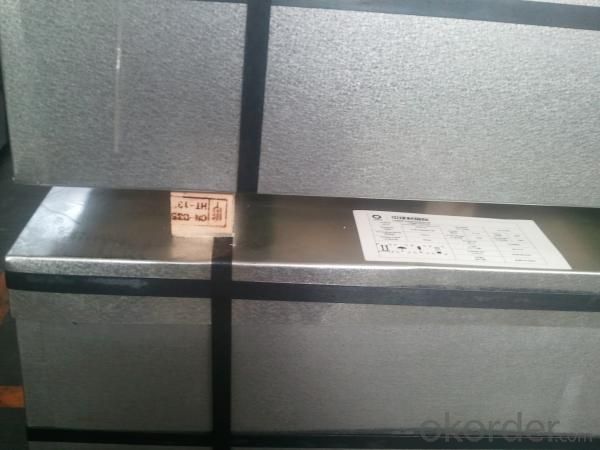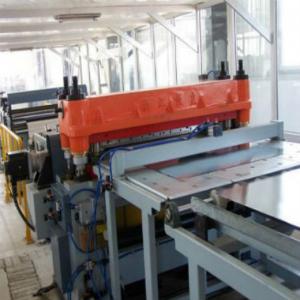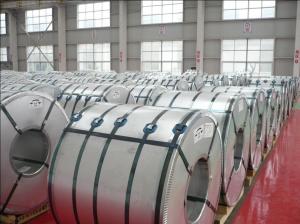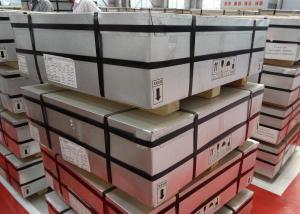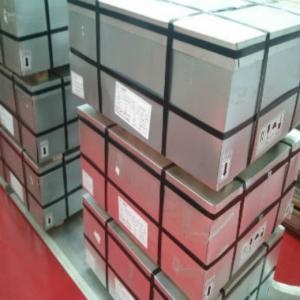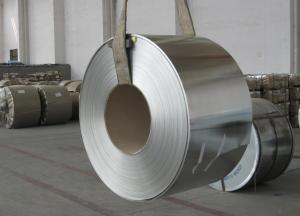Tinplate For Coffee And Tea Can-CHBA
- Loading Port:
- China Main Port
- Payment Terms:
- TT or L/C
- Min Order Qty:
- 20 Tons~25 Tons m.t.
- Supply Capability:
- 40000 MT Per Month m.t./month
OKorder Service Pledge
OKorder Financial Service
You Might Also Like
General information of Tinplate For Coffee And Tea Can
|
Steel Type |
MR |
|
Temper (BA&CA) |
T1~T5, DR8 |
|
Coating |
2.8~8.4g/m2 |
|
Thickness & Tolerance |
0.15~0.5mm (Tolerance:±0.01mm) |
|
Width & Tolerance |
600~1000 mm(Tolerance: +2/-0mm) |
|
I.D |
508 MM |
|
Coil Weight |
3~10 MT |
|
Passivation |
311 |
|
Oiling |
DOS |
|
Surface Finish |
Bright ,Stone ,Silver ,Matte |
|
Min Order |
25 Tons for 1 20 feet FCL |
|
Package |
Seaworthy Export Standard Wooden Pallet |
|
Standard Available |
GB/T2520-2000, JIS G3303, ASTM A623, BS EN10202 |
|
Lead Time |
35 days after receiving buyer's original L/C or Prepayment |
|
Special specifications are available on customers' requirements. | |
Technical data of Tinplate For Coffee And Tea Can
|
Chemical Composition(%) |
Mechanical Property |
|
C:0.02~0.04 |
Yield Strength: (Mpa):280~320 |
|
Si:0.01~0.03 |
TensileStrength: (Mpa):340~390 |
|
Mn:0.18~0.22 |
Elongation:20%~30% |
|
P:0.014~0.016 |
------------- |
|
S:0.006~0.009 |
Application of Tinplate For Coffee And Tea Can
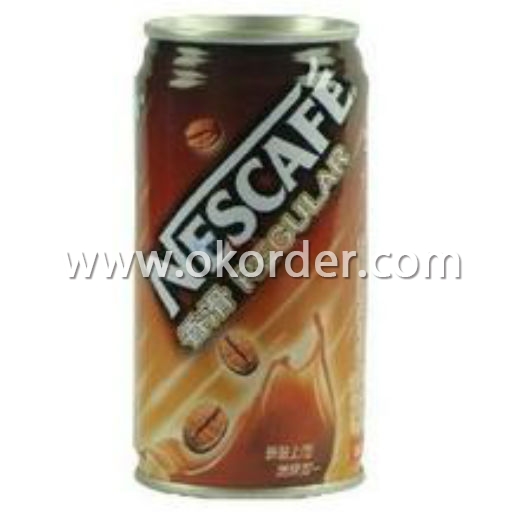

Tinplate is widely used for making all types of containers such as artistic cans, tea cans, painting cans,
chemical package cans and metal printing etc. Its applications are not limited to containers; recently,
tinplate has also been used for making electrical machinery parts and many other products.
Equipment and Facility
Tin Coating Line
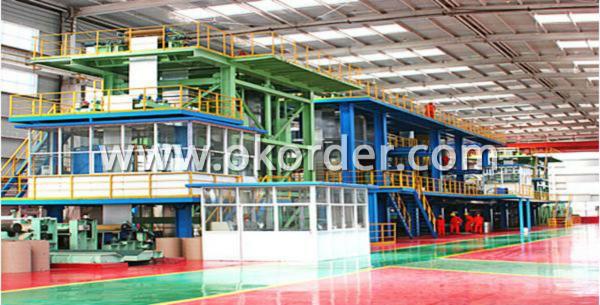
Cold Rolling Mill Batch Annealing Furnaces
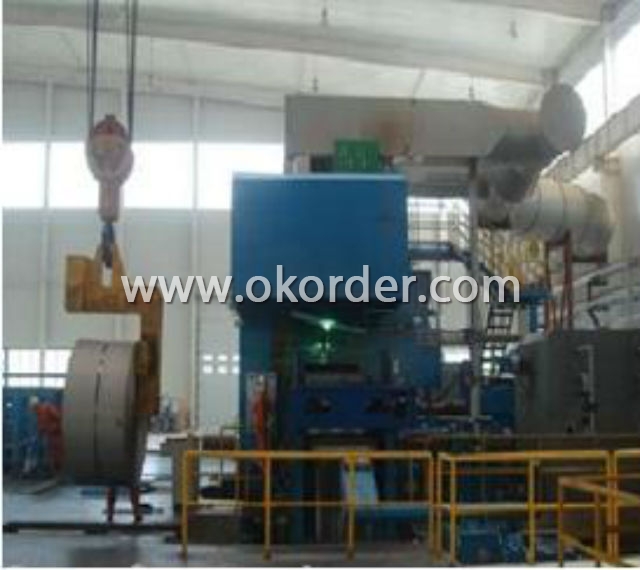
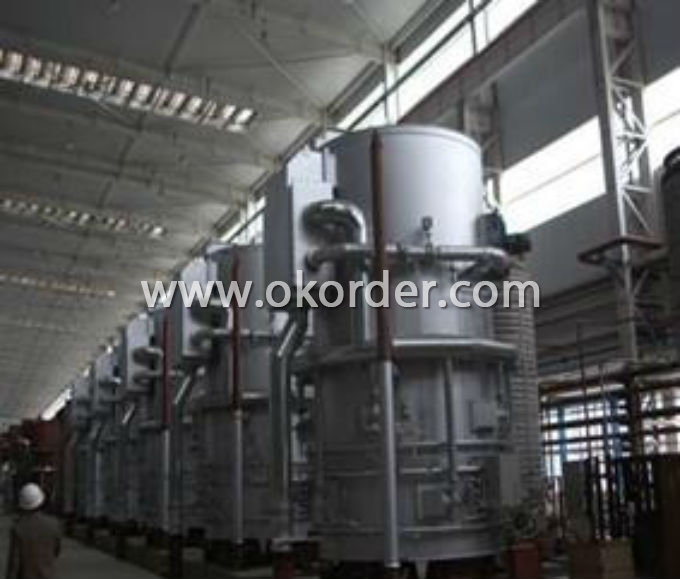
Cutting Line Stock Area


Quality Control System
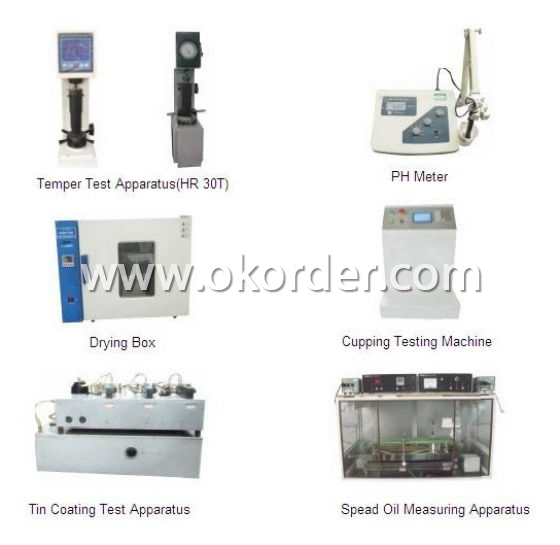
- Q: Can tinplate be used for packaging perishable goods?
- Yes, tinplate can be used for packaging perishable goods. Tinplate is a material that is resistant to corrosion and can provide a protective barrier against moisture, light, and oxygen, which are factors that can cause spoilage in perishable goods. Additionally, tinplate containers can be sealed tightly to maintain the freshness and quality of the perishable products.
- Q: How is tinplate coated with metallic coatings?
- Tinplate is coated with metallic coatings through a process called electroplating. In this process, a tinplate sheet is immersed in a bath containing the desired metal ions, such as tin or chromium. An electric current is then passed through the bath, causing the metal ions to bond with the surface of the tinplate, resulting in a uniform metallic coating. This coating enhances the tinplate's corrosion resistance and provides a decorative finish.
- Q: How does tinplate contribute to the protection of musical instruments?
- Tinplate, with its durable and corrosion-resistant properties, plays a crucial role in protecting musical instruments. By utilizing tin-coated steel, commonly known as tinplate, musical instrument manufacturers can create sturdy and long-lasting instrument cases. These tinplate cases provide a reliable shield against external factors such as impact, moisture, and temperature fluctuations, ensuring the safety and preservation of the delicate musical instruments inside. Additionally, tinplate's resistance to oxidation and rust prevents the formation of harmful contaminants that could potentially damage the instruments. Therefore, tinplate contributes significantly to safeguarding musical instruments, extending their lifespan, and maintaining their optimal condition.
- Q: What are the main challenges in recycling tinplate?
- One of the main challenges in recycling tinplate is the separation of tin from steel. Tinplate is a combination of steel coated with a thin layer of tin, which provides corrosion resistance. However, separating these two materials during the recycling process can be costly and technically complex. Additionally, tinplate often contains various contaminants, such as paints, coatings, and labels, which need to be removed before recycling. Ensuring the proper collection and sorting of tinplate waste is another significant challenge as it requires educating the public about the importance of recycling and providing convenient recycling infrastructure.
- Q: How does tinplate perform in terms of recyclability?
- Tinplate is highly recyclable and has one of the highest recycling rates among packaging materials. It can be recycled indefinitely without losing its properties, making it an environmentally friendly choice.
- Q: How is tinplate coated for signage?
- Tinplate for signage is typically coated through a process known as electroplating, where a thin layer of metal, such as tin or chromium, is deposited onto the surface of the tinplate. This coating not only enhances the visual appeal of the signage but also provides protection against corrosion and improves its durability.
- Q: What are the different types of tinplate printing techniques?
- There are three main types of tinplate printing techniques: lithography, silk screen printing, and varnishing.
- Q: How does tinplate perform in terms of resistance to UV radiation?
- Tinplate generally provides good resistance to UV radiation due to its metallic coating, which acts as a protective barrier against the damaging effects of the sun's rays. However, prolonged exposure to intense UV radiation can still cause some degree of degradation over time.
- Q: What are the main regulations governing the use of tinplate in different industries?
- The main regulations governing the use of tinplate in different industries vary depending on the country and industry. However, some common regulations include ensuring food safety and compliance with packaging standards, such as the Food and Drug Administration (FDA) regulations in the United States. Additionally, there may be regulations related to environmental impact, recycling, and waste management. It is essential for businesses to stay updated with local regulations to ensure the safe and compliant use of tinplate in various industries.
- Q: What are the recycling processes for tinplate?
- The recycling processes for tinplate typically involve sorting, shredding, and melting the tinplate to separate it from any contaminants. Once separated, the molten tinplate can be used to create new tinplate products or combined with other materials for various applications.
1. Manufacturer Overview
| Location | Hebei,China |
| Year Established | 2009 |
| Annual Output Value | Above US$100 Million |
| Main Markets | North America;South America; Eastern Europe Southeast Asia; Africa; Mid East Eastern Asia; Western Europe; Central America Northern Europe; Southern Europe; Domestic Market |
| Company Certifications | HACCP;ISO 9001:2008;ISO 14001:2004 |
2. Manufacturer Certificates
| a) Certification Name | |
| Range | |
| Reference | |
| Validity Period |
3. Manufacturer Capability
| a) Trade Capacity | |
| Nearest Port | Tianjin |
| Export Percentage | 11% - 20% |
| No.of Employees in Trade Department | 6-10 People |
| Language Spoken: | English;Chinese |
| b) Factory Information | |
| Factory Size: | Above 270,000 square meters |
| No. of Production Lines | Above 12 |
| Contract Manufacturing | OEM Service Offered |
| Product Price Range | High;Average |
Send your message to us
Tinplate For Coffee And Tea Can-CHBA
- Loading Port:
- China Main Port
- Payment Terms:
- TT or L/C
- Min Order Qty:
- 20 Tons~25 Tons m.t.
- Supply Capability:
- 40000 MT Per Month m.t./month
OKorder Service Pledge
OKorder Financial Service
Similar products
Hot products
Hot Searches
Related keywords
